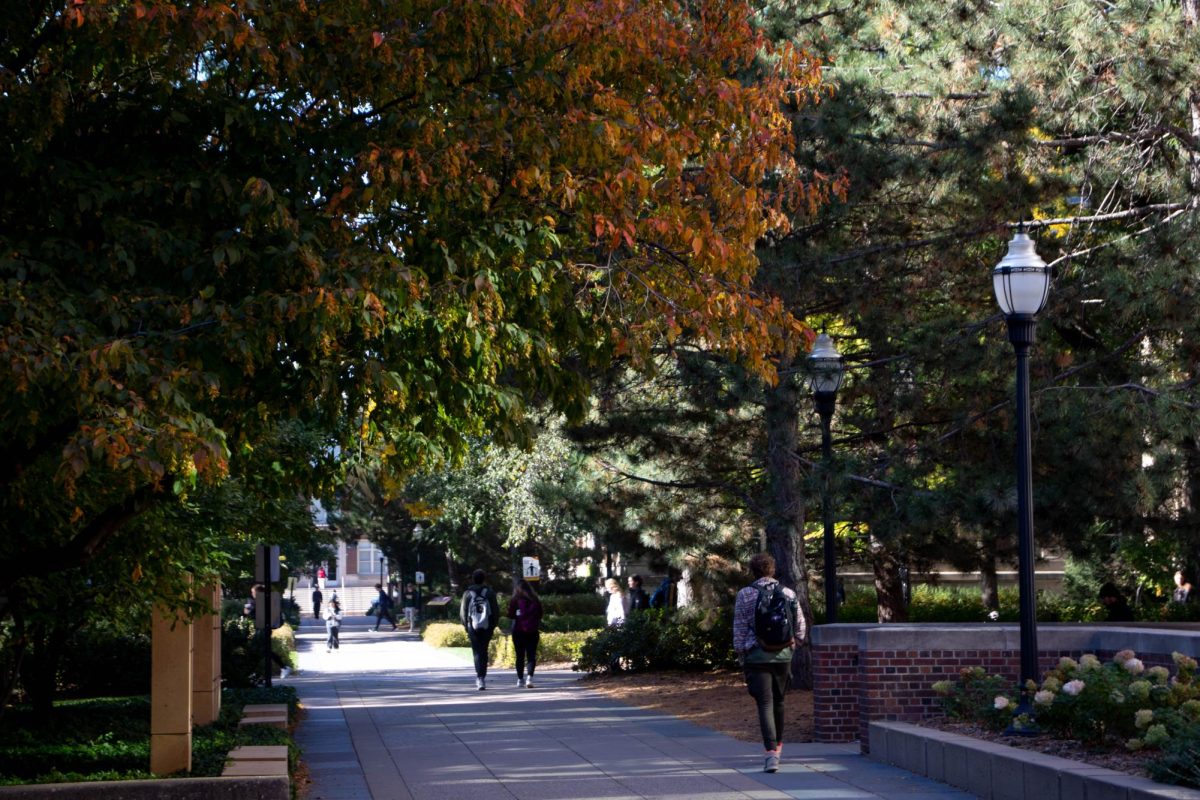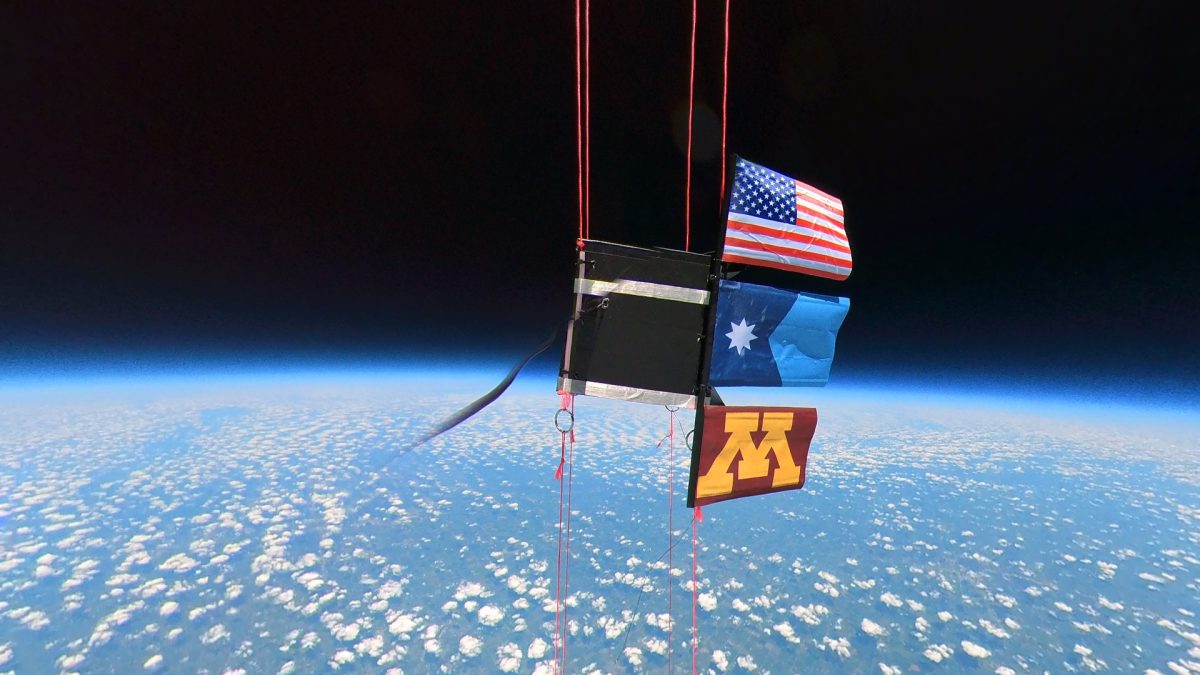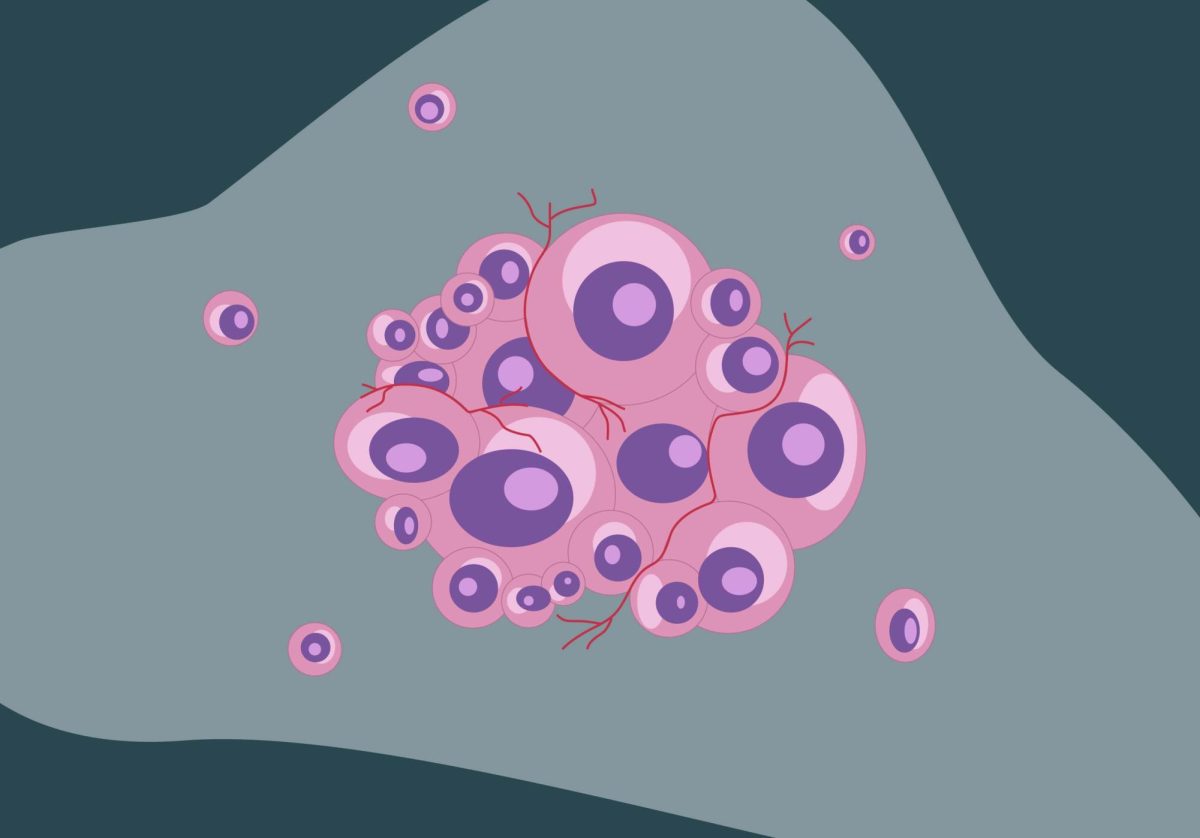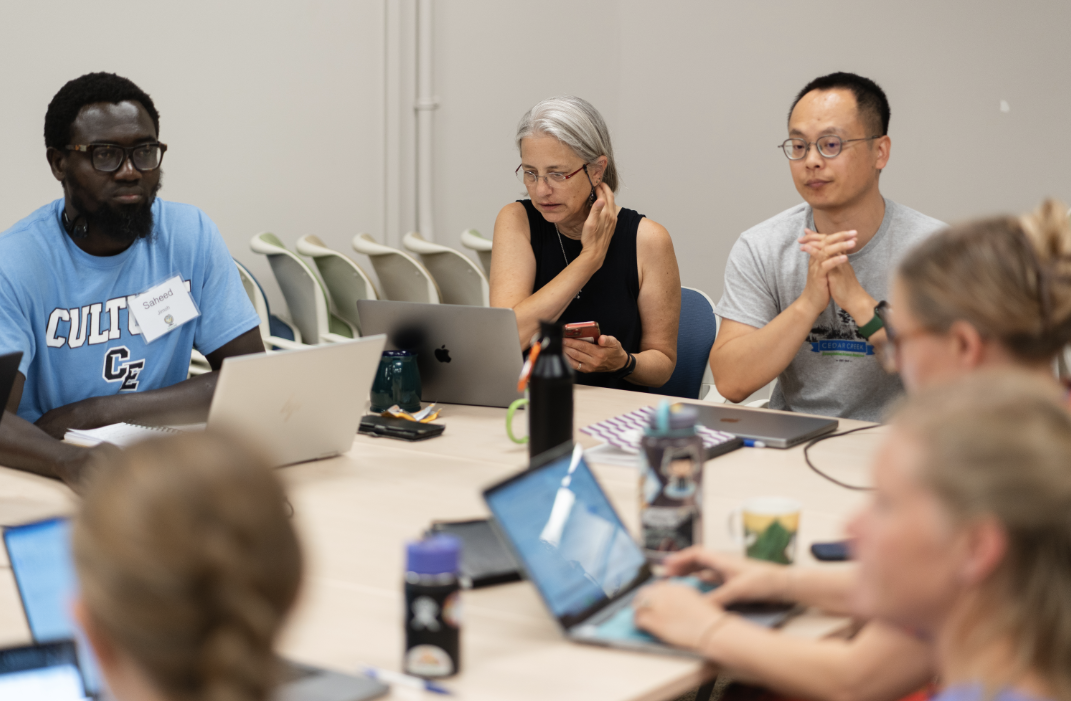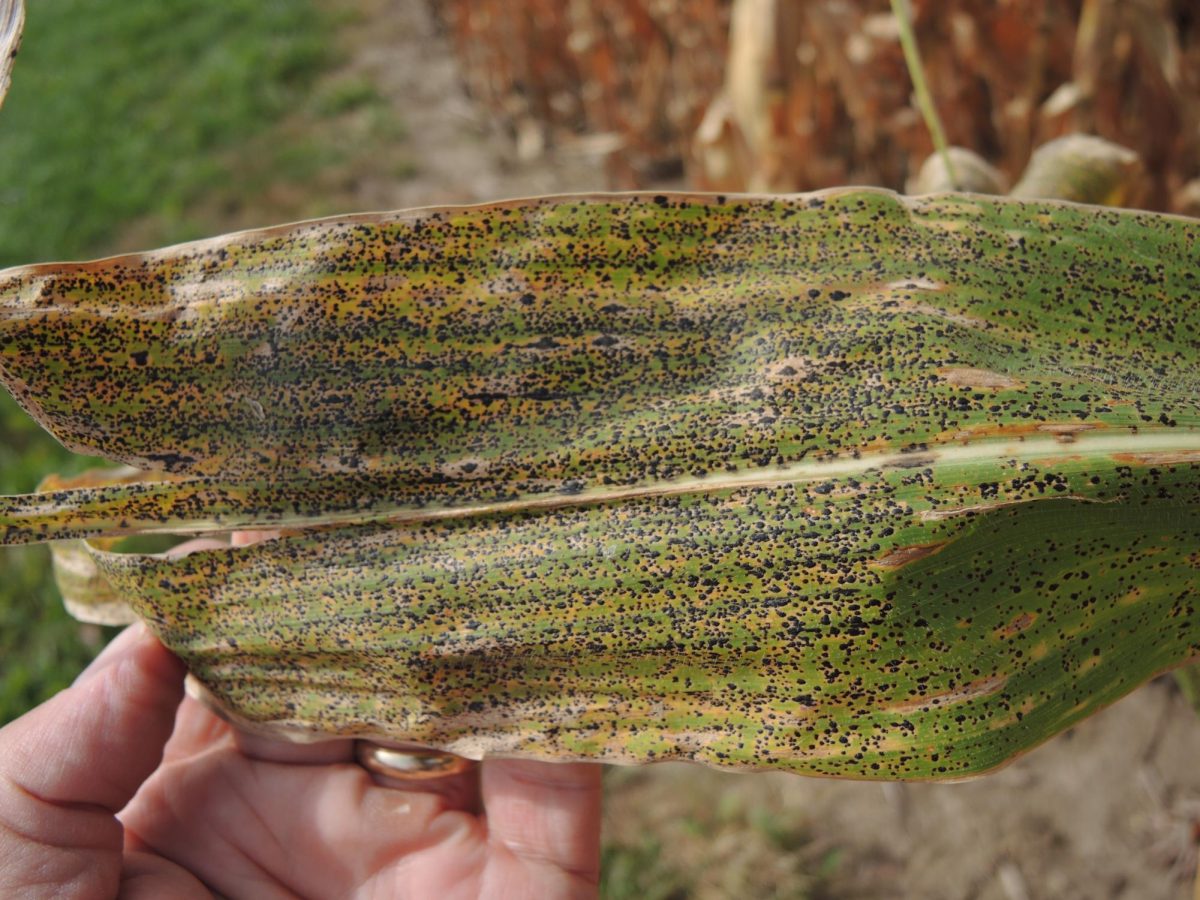Satellite imagery research funded by the Minnesota State Legislature and supported by the Minnesota Invasive Terrestrial Plants and Pests Center (MITPPC) assisted in detecting oak wilt disease in forests.
Using a satellite to observe the trees’ changes through the seasons allows them to see the potential reduction of pigments in the trees through time, according to Jose Antonio Guzmán Quesada, the lead author of the research brief at the University of Minnesota.
The disease and routes to infection
Project leader Jeannine Cavender-Bares is a professor in the Department of Ecology, Evolution and Behavior. For the past 10 years, she has researched oak wilt disease and its environmental impact. Oak wilt disease occurs when a fungal pathogen infects a tree, making it unable to produce water from the roots to the leaves.
When fungus infects an oak tree, the infection itself is kept initially in the tree roots but then moves through the xylem, the pipeline from the roots to the leaves, Cavender-Bares said. Eventually, the infection can move to other roots nearby by infecting a new oak tree.
The red oak tree is more susceptible to fungal infection, Cavender-Bares added. The red oak has an immune system that acts too slowly to detect the fungus growth, clogging the vascular system and making water transportation impossible.
Once a tree is infected with the fungus, the tree develops a spore mat that forms on a tree trunk and has a strong, sweet smell, according to Cavender-Bares. This scent attracts sap-sucking beetles to feed, get spores stuck on their bodies and fly to new destinations to infect other susceptible trees.
How satellite imagery helps create prevention methods
If there is a singular snapshot of an oak tree in the fall, it may appear that the tree could be infected, Guzmán Quesada said. Satellite imagery adds the ability to see how the pigments in the trees evolve throughout each season.
A satellite made to look at changes in pigment works because it keeps going around the earth, Cavender-Bares said. The leaves on infected trees will show signs of a change in color, like brown leaves next to healthier green leaves.
Once a tree is observed through satellite imagery, a DNA test is needed to know for sure if a tree truly has oak wilt, according to Cavender-Bares.
The satellite acts as a doctor in a way, Guzmán Quesada said. He gave the example of suspecting symptoms of the flu virus, but knowing you need to get tested to know if that is the type of virus you have.
The disease’s impact on forest productivity
The fungus can spread underground through an infected tree’s roots, eventually creating large patches that could kill off acres of oak trees, U.S. Forest Service Research Plant Pathologist Jennifer Juzwik said in an email to the Minnesota Daily.
The death of an oak tree could enable invasive plants to fill the gaps where living oak trees were once rooted, Juzwik said in the email. This makes regular monitoring important on ground and aerial-based levels.
“If we start losing large numbers of oak trees, the ecosystem services that humans depend on from forests will decline drastically,” Cavender-Bares said. “This is why people are working really hard to manage them and putting a lot of time, effort and funds into stopping the spread of oak wilt and other tree diseases.”



